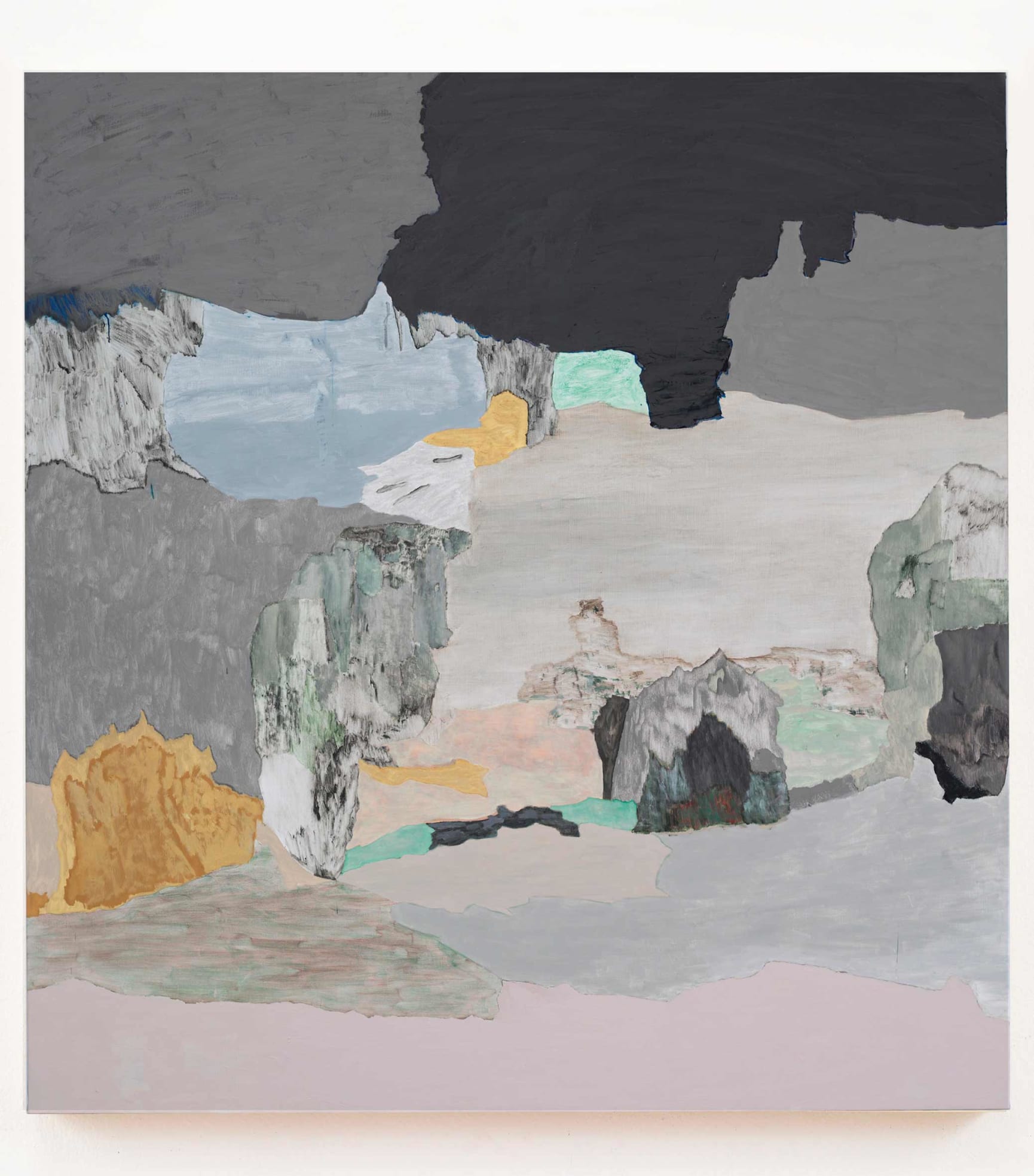Sold
Painting
Oil, egg-oil tempera and acrylic on canvas
252.0 x 235.0 (厘米)
99.2 x 92.5 (吋)

